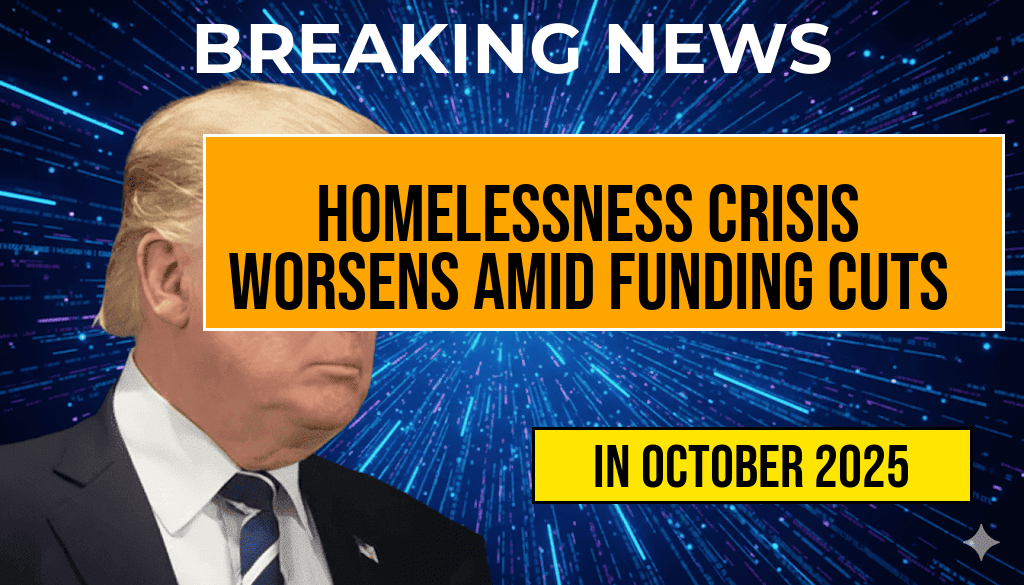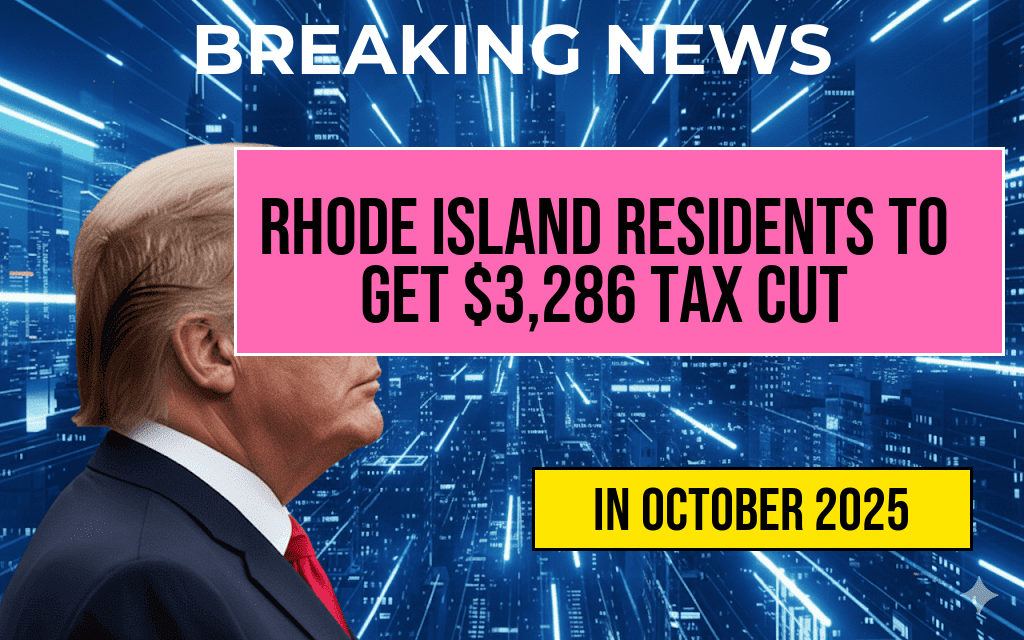The federal government’s recent reduction in Housing and Urban Development (HUD) funding has intensified the ongoing homelessness crisis across the United States. Funding has plummeted from approximately $3.3 billion last year to just $1.1 billion in the current budget cycle, marking a nearly 67% decrease. This significant cut threatens to derail ongoing efforts to address homelessness, with advocates warning that as much as $170,000 in vital support for vulnerable populations could be jeopardized. The sharp decline in federal resources comes amid rising homelessness rates in major cities, strained local shelters, and a growing need for affordable housing solutions.
The Impact of Funding Cuts on Homeless Assistance Programs
Reduced Capacity for Emergency Shelters and Support Services
Homelessness advocates and city officials warn that the drastic reduction in HUD funding will directly impact emergency shelter capacity and supportive services. Many programs rely heavily on federal grants to operate, provide staffing, and expand outreach initiatives. With less funding, shelters may be forced to reduce hours, limit intake, or close altogether, leaving thousands without a safe space during extreme weather or urgent crises.
Threats to Affordable Housing Initiatives
Federal funds traditionally support the development of affordable housing units, a critical component in long-term homelessness solutions. The funding cutback hampers ongoing projects and delays new construction, exacerbating the shortage of affordable homes in urban and suburban areas. This scarcity drives up housing costs, making it even more difficult for low-income families to secure stable residences.
Financial Risks for Local Governments and Nonprofits
| Funding Source | Previous Allocation | Current Allocation | Impact |
|---|---|---|---|
| HUD Emergency Solutions Grants (ESG) | $1 billion | $350 million | Reduced shelter and rapid rehousing programs |
| Continuum of Care (CoC) Program | $2.3 billion | $750 million | Lowered funding for transitional housing and supportive services |
| Public Housing Capital Fund | $4.2 billion | $2.2 billion | Delayed repairs and new construction projects |
Local agencies face mounting pressure to bridge the gap left by federal reductions, often resorting to reallocating already limited resources. Many non-profit organizations, which rely on federal grants for staffing and operational costs, warn that ongoing cuts threaten their capacity to serve the most vulnerable populations effectively.
Emerging Challenges and Broader Social Effects
Rising Homelessness Rates and Public Health Concerns
Preliminary data suggests homelessness has increased over the past year, with cities like Los Angeles, New York, and Seattle reporting record-high numbers. The decline in federal support risks reversing progress made in reducing homelessness, leading to overcrowded shelters, increased tent encampments, and public health risks associated with unsheltered living conditions.
Community and Political Responses
Local leaders are calling for increased state and private sector involvement to offset the federal funding shortfall. Some communities are exploring innovative solutions, such as modular housing and public-private partnerships, to preserve some of the support previously funded by the federal government. However, critics argue that without adequate federal backing, these efforts may only serve as temporary fixes rather than sustainable solutions.
Looking Ahead: Policy and Advocacy Implications
Calls for Reinstatement and Increased Federal Funding
Homelessness advocates and housing experts emphasize that federal investment remains vital to addressing the root causes of homelessness. They urge policymakers to reconsider the funding cuts and prioritize comprehensive strategies that include increased affordable housing supply, mental health services, and long-term supportive programs.
Potential for Legislative Action
Several lawmakers have introduced proposals aimed at restoring or expanding HUD funding, citing the escalating crisis as a national emergency. The debate centers on balancing fiscal responsibility with the moral imperative to support vulnerable populations. Stakeholders stress that sustained federal commitment is essential for meaningful progress.
For more information on homelessness and federal housing policies, resources such as Wikipedia’s overview of homelessness in the U.S. and Forbes’ analysis of policy responses provide valuable context and insights into ongoing efforts to combat this pressing issue.
Frequently Asked Questions
What is the main reason for the worsening homelessness crisis?
The homelessness crisis is deepening primarily due to a significant reduction in HUD funding, which has dropped from 3.3 billion to 1.1 billion.
How does the decrease in HUD funding impact homeless services?
The reduction in HUD funding puts approximately $170,000 at risk for homeless assistance programs, leading to fewer resources for housing, shelters, and support services.
What are the potential consequences of funding cuts on homeless individuals?
Funding cuts may result in fewer shelters, limited support services, and increased difficulty for homeless individuals to access affordable housing and support systems.
Are there any efforts to address the funding shortfall?
While some government initiatives and nonprofit organizations are working to bridge the gap, the significant decrease in HUD funding remains a major challenge in effectively combating homelessness.
What can policymakers do to mitigate the impact of funding reductions?
Policymakers can consider increasing funding allocations, implementing innovative housing solutions, and strengthening collaborations with community organizations to support vulnerable populations.








